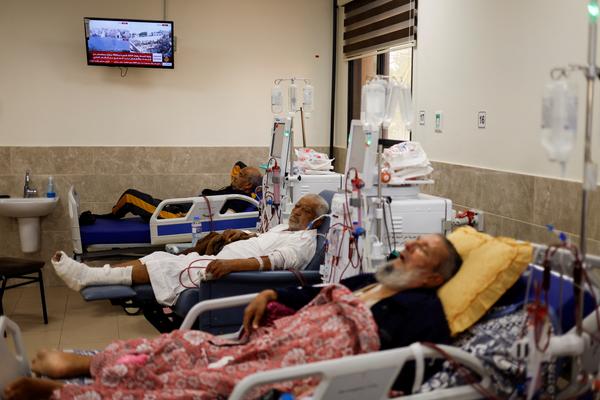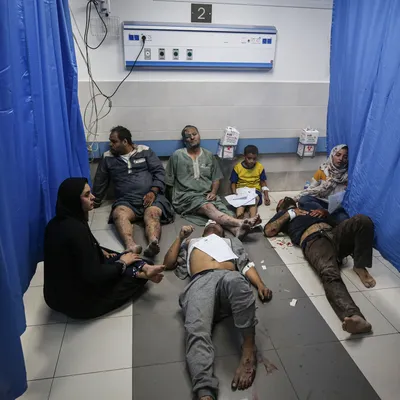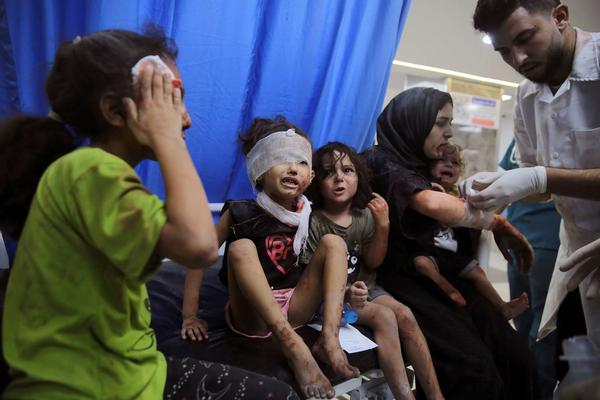







The Gaza Strip faces a dire public health crisis exacerbated by ongoing conflict, severe food insecurity, and inadequate healthcare infrastructure. The region's population is at significant risk of various diseases due to overcrowded living conditions, lack of clean water, and insufficient medical supplies. This article delves into the current state of health in Gaza, highlighting key diseases affecting the population and the critical response needed to address this humanitarian emergency.
Infectious diseases are rampant in Gaza, largely due to the collapse of healthcare infrastructure and extreme overcrowding in shelters and camps. Key diseases include:
Gaza is facing catastrophic levels of food insecurity, with 93% of the population experiencing crisis levels of hunger. The lack of food and clean water has led to widespread malnutrition, particularly among children, pregnant women, and the elderly. Malnutrition significantly increases the risk of infectious diseases and other health complications.
The healthcare system in Gaza has been decimated by the conflict. Only a few hospitals remain partially operational, struggling with limited resources and a shortage of medical supplies. The destruction of healthcare facilities has left the population with minimal access to essential medical services, contributing to high mortality rates from preventable diseases.
The severe shortage of clean water and proper sanitation facilities exacerbates the spread of diseases. Many people in Gaza have access to only 1.5 to 2 liters of water per day, far below the minimum requirements for survival. The lack of sanitation infrastructure leads to high rates of waterborne diseases and poses a significant public health risk.
Humanitarian aid is critical to addressing the health crisis in Gaza, but the delivery of aid is severely restricted by ongoing conflict and border closures. International organizations, including WHO and UNICEF, are working tirelessly to provide food, medical supplies, and clean water, but the needs far outweigh the available resources.
The public health crisis in Gaza is a complex and urgent issue that requires immediate international attention and action. Addressing the spread of infectious diseases, malnutrition, and the collapse of healthcare infrastructure is vital to alleviating the suffering of the Gaza population. Coordinated efforts from humanitarian organizations and the global community are essential to provide the necessary aid and support to this vulnerable region.
The most common diseases include diarrheal diseases, respiratory infections, skin diseases, and parasitic infections, all exacerbated by poor living conditions and limited access to healthcare.
Malnutrition weakens the immune system, making individuals more susceptible to infectious diseases. The high levels of hunger and food insecurity in Gaza have significantly increased the risk of disease outbreaks.
International organizations like WHO and UNICEF are providing food, medical supplies, and clean water, but the delivery of aid is hampered by conflict and border restrictions.
The water crisis is severe, with many people having access to only 1.5 to 2 liters of water per day. This shortage contributes to the high rates of waterborne diseases.
Healthcare providers face challenges such as a lack of medical supplies, damaged infrastructure, and the overwhelming number of patients needing care.
The international community can advocate for increased humanitarian access, support aid organizations financially, and work towards a peaceful resolution to ensure the safety and well-being of the Gaza population.
Your donation can make a significant difference in the lives of children affected by the crisis in Gaza. Donate now via Bitcoin or Stripe to provide essential aid and support.
Donate Now